Home>Garden Essentials>What Emerges From The Seed And Pushes Into The Soil?
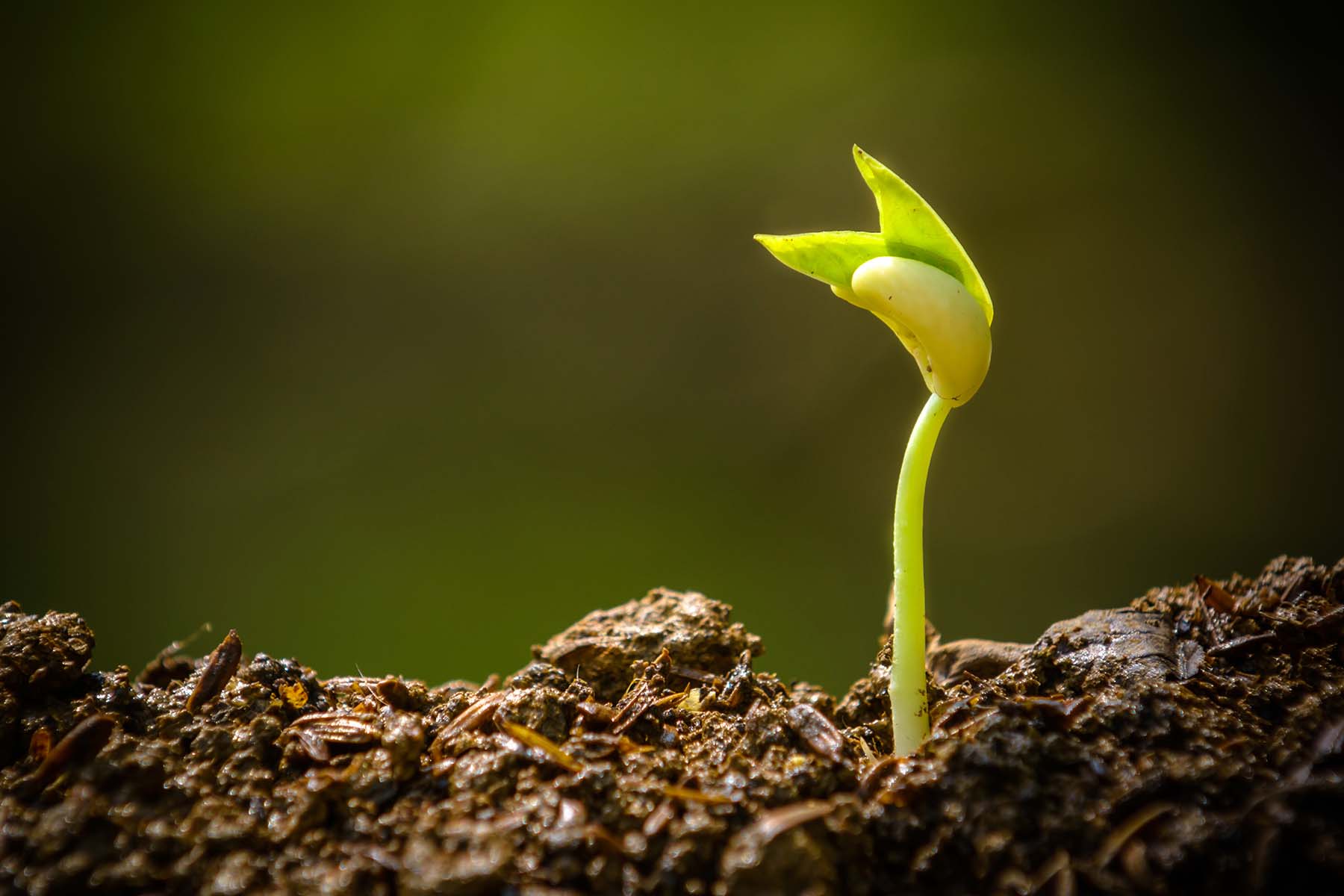

Garden Essentials
What Emerges From The Seed And Pushes Into The Soil?
Modified: March 15, 2024
Discover the wonders of your garden as you witness what emerges from the seed and pushes into the nutrient-rich soil. Plant, nurture, and watch your own botanical marvels flourish.
(Many of the links in this article redirect to a specific reviewed product. Your purchase of these products through affiliate links helps to generate commission for Storables.com, at no extra cost. Learn more)
Introduction
Have you ever wondered what happens to a seed once it is planted in the soil? How does it transform from a tiny, lifeless object into a thriving, green seedling? The process is known as seed germination, and it is a fascinating journey that occurs in the hidden depths of the soil.
Seed germination is the crucial first step in the life cycle of a plant. It involves the reactivation of dormant seeds and their transformation into seedlings capable of photosynthesis and growth. This process is influenced by a variety of factors, including temperature, moisture, and the presence of light.
In this article, we will explore the process of seed germination and the pivotal role played by the radicle, the embryonic root of the plant. We will also discuss the emergence of the seedling from the soil and the factors that can affect this critical stage of growth.
So, let us embark on this garden adventure and discover the amazing mysteries that unfold beneath the surface of the soil.
Key Takeaways:
- Seeds transform into seedlings through a process called germination, where the radicle, or embryonic root, emerges and anchors the seedling in the soil, kickstarting its growth journey.
- Factors like soil moisture, temperature, light exposure, and seed viability influence seedling emergence. Understanding and managing these factors are crucial for successful gardening and farming.
Read more: What Soil Mix For Succulents
The Process of Seed Germination
Seed germination is a complex process that begins when a seed is exposed to the right conditions, allowing it to break its dormancy and initiate growth. The first step is imbibition, which is the uptake of water by the seed. As the seed absorbs water, it swells and triggers biochemical changes within.
Once imbibition occurs, the seed enters a stage called rehydration. During this stage, enzymes within the seed become active, initiating metabolic processes that convert stored nutrients into usable forms. This metabolic activity generates the energy required for the growth of the embryo.
The next crucial stage is radicle emergence. The radicle is the embryonic root that emerges from the seed and pushes its way into the soil. This root anchors the seedling, absorbs water and nutrients from the soil, and provides stability as the shoot grows.
As the radicle elongates, the shoot begins to emerge from the seed. It pushes upwards towards the surface, carrying the embryonic leaves, known as cotyledons or seed leaves, along with it. These cotyledons provide nourishment to the seedling until it can develop its true leaves and begin photosynthesis.
Throughout the germination process, the seedling relies on stored nutrients, such as carbohydrates and proteins, to fuel its growth until it can establish itself and start producing its own food through photosynthesis.
Germination rates can vary depending on the plant species and environmental conditions. Some seeds may germinate quickly, while others may require specific conditions, such as cold stratification or exposure to fire, to break their dormancy.
Understanding the process of seed germination is crucial for gardeners and farmers. By providing the ideal conditions for germination, such as proper moisture levels, suitable temperature, and adequate light, one can enhance seedling emergence and optimize plant growth.
Now that we have explored the process of seed germination, let us delve deeper into the role of the radicle in this remarkable journey of a plant’s life.
The Role of the Radicle
The radicle plays a crucial role in the process of seed germination. It is the first part of the plant embryo to emerge from the seed and serves as the primary root of the seedling. Its main functions include anchoring the seedling in the soil, absorbing water and nutrients, and providing structural support as the shoot begins to grow.
When the radicle emerges from the seed, it elongates and starts to grow downwards, seeking moisture and nutrients in the soil. This downward growth is known as geotropism or gravitropism, where the radicle responds to gravity and grows in the opposite direction, ensuring that the root is embedded in the soil.
As the radicle grows, it develops small root hairs, which significantly increase the surface area for absorption. These root hairs play a crucial role in the uptake of water from the soil. Water is essential for seed germination as it rehydrates the seed, allowing the biochemical processes to resume within the embryo.
In addition to water absorption, the radicle is responsible for nutrient uptake from the soil. It forms a symbiotic relationship with soil microorganisms, such as bacteria and fungi, that assist in the breakdown and release of essential nutrients. These nutrients, including nitrogen, phosphorus, and potassium, are vital for the healthy growth and development of the seedling.
The radicle also provides stability to the emerging seedling. As it continues to elongate and grow in the soil, it anchors the seedling firmly, preventing it from being dislodged or toppled over by wind or other external forces. This stability ensures that the shoot can grow upright and absorb sunlight for photosynthesis.
Overall, the radicle plays a vital role in the successful germination and establishment of the seedling. Without a healthy and functional radicle, the seedling would struggle to obtain water, nutrients, and stability, hindering its growth and survival.
Now that we have learned about the important role of the radicle, let us move on to the next stage in the germination process – the emergence of the seedling from the soil.
The part of the seed that emerges and pushes into the soil is called the radicle. It is the first part of the plant to grow and develops into the plant’s root system.
The Emergence of the Seedling
The emergence of the seedling from the soil is an exciting and pivotal moment in the life cycle of a plant. It signifies the successful completion of the germination process and the beginning of a new phase of growth.
As the radicle continues to grow and anchor the seedling in the soil, the shoot begins to push its way towards the surface. This upward growth is known as positive phototropism, where the shoot responds to light and grows towards it.
As the shoot emerges from the soil, it carries with it the first set of leaves known as cotyledons or seed leaves. These cotyledons, which were present within the seed, provide nourishment to the seedling until it can develop its true leaves and begin photosynthesis.
Once the seedling emerges from the soil and is exposed to light, a series of physiological changes occur. The cotyledons, which were pale and closed tightly within the seed, start to open up and turn green. This transformation is a result of the synthesis of chlorophyll, the pigment responsible for capturing sunlight and facilitating photosynthesis.
As the cotyledons unfold, the true leaves begin to develop. These leaves are different from the cotyledons and have a more complex structure. They take over the role of photosynthesis and become the primary site for energy production, allowing the seedling to grow and thrive.
The emergence of the seedling from the soil is a critical phase, as it marks the transition from relying on stored nutrients to producing its food. It is important to provide the seedling with adequate sunlight, water, and nutrients during this stage to support its growth and development.
It is fascinating to witness the emergence of a seedling as it breaks through the surface of the soil, reaching towards the light. This signifies the beginning of a plant’s journey towards maturity, where it will eventually produce flowers, fruits, or vegetables.
Now that we have explored the emergence of the seedling, let us delve into the factors that can affect seedling emergence and the importance of optimizing these conditions for successful growth.
Factors Affecting Seedling Emergence
Seedling emergence is a critical stage in a plant’s life cycle, and it can be influenced by various factors. Understanding these factors and their impact on seedling emergence is essential for promoting successful growth and optimizing plant development.
1. Soil Moisture: Adequate soil moisture is crucial for seedling emergence. If the soil is too dry, the seed may not be able to imbibe enough water for germination. Conversely, if the soil is excessively wet, it can lead to rotting of the seed or hinder root growth. Striking the right balance and ensuring proper soil moisture is vital for favorable seedling emergence.
2. Temperature: Seeds have specific temperature requirements for germination. Some seeds require warmer temperatures, while others may need cooler temperatures. Exposing seeds to the appropriate temperature range will facilitate germination and promote seedling emergence.
3. Light Exposure: Light exposure can significantly affect seedling emergence, particularly for species with light-dependent germination. Some seeds require light for germination, while others need darkness. Providing the correct light conditions ensures optimal seedling emergence and growth.
4. Soil Type and Quality: The type and quality of soil can impact seedling emergence. Well-draining soils allow for proper air circulation and prevent waterlogging, which can impede root growth. Nutrient-rich soils provide essential elements for seedling development. Understanding the specific soil requirements of different plant species helps create favorable conditions for seedling emergence.
5. Seed Depth: Planting depth plays a crucial role in seedling emergence. Planting seeds too deep may restrict the seedling’s ability to emerge and receive sufficient light. Conversely, planting seeds too shallowly can expose them to unfavorable environmental conditions. Following recommended planting depths ensures optimum seedling emergence.
6. Seed Viability: The viability of the seed itself is a crucial factor. Old or damaged seeds may have lower germination rates, hindering seedling emergence. Choosing high-quality seeds from reliable sources increases the chances of successful germination and seedling emergence.
7. Competition from Weeds: Weeds compete with seedlings for resources such as nutrients, water, and light. Managing weed populations through proper weed control techniques reduces competition and improves seedling emergence and growth.
By understanding and managing these factors, gardeners and farmers can create favorable conditions for seedling emergence and optimize plant growth. Providing the right combination of moisture, temperature, light exposure, soil quality, and weed control sets the stage for healthy seedlings and a successful garden or crop.
Now that we have explored the factors affecting seedling emergence, let us summarize our findings and conclude our journey through the fascinating world of seed germination and seedling emergence.
Read more: What Is In Gritty Soil Mix
Conclusion
The process of seed germination and the subsequent emergence of the seedling is a fascinating journey that plants undergo to establish themselves and grow into mature organisms. Understanding the intricacies of this process and the factors that influence it can greatly enhance the success of gardening and farming endeavors.
Seed germination begins with imbibition, the absorption of water by the seed, and progresses through rehydration and the emergence of the radicle, or embryonic root. The radicle plays a vital role in anchoring the seedling in the soil, absorbing water and nutrients, and providing stability as the shoot emerges.
The emergence of the seedling is a thrilling moment, as the shoot pushes through the soil, carrying with it the cotyledons, which nourish the seedling until its true leaves develop. This marks the transition from relying on stored nutrients to producing food through photosynthesis.
Several factors can impact seedling emergence, including soil moisture, temperature, light exposure, soil type and quality, seed depth, seed viability, and competition from weeds. By addressing and optimizing these factors, gardeners and farmers can promote successful seedling emergence.
As we delve into the mysteries of seed germination and the emergence of seedlings, we gain a deeper appreciation for the complexity and resilience of the natural world. The process of seedling emergence is a testament to the innate drive for life and growth present in every plant.
Whether you are a passionate gardener or a farmer tending to large crops, understanding the process of seed germination and the factors affecting seedling emergence is essential for fostering healthy, thriving plants. By providing the right conditions and care, you can witness the remarkable transformation of a tiny seed into a vibrant seedling, ready to flourish and fulfill its potential.
So, the next time you plant a seed, take a moment to marvel at the miracle that is seed germination, and appreciate the incredible journey that each seed undertakes to emerge from the soil into the world above.
Frequently Asked Questions about What Emerges From The Seed And Pushes Into The Soil?
Was this page helpful?
At Storables.com, we guarantee accurate and reliable information. Our content, validated by Expert Board Contributors, is crafted following stringent Editorial Policies. We're committed to providing you with well-researched, expert-backed insights for all your informational needs.
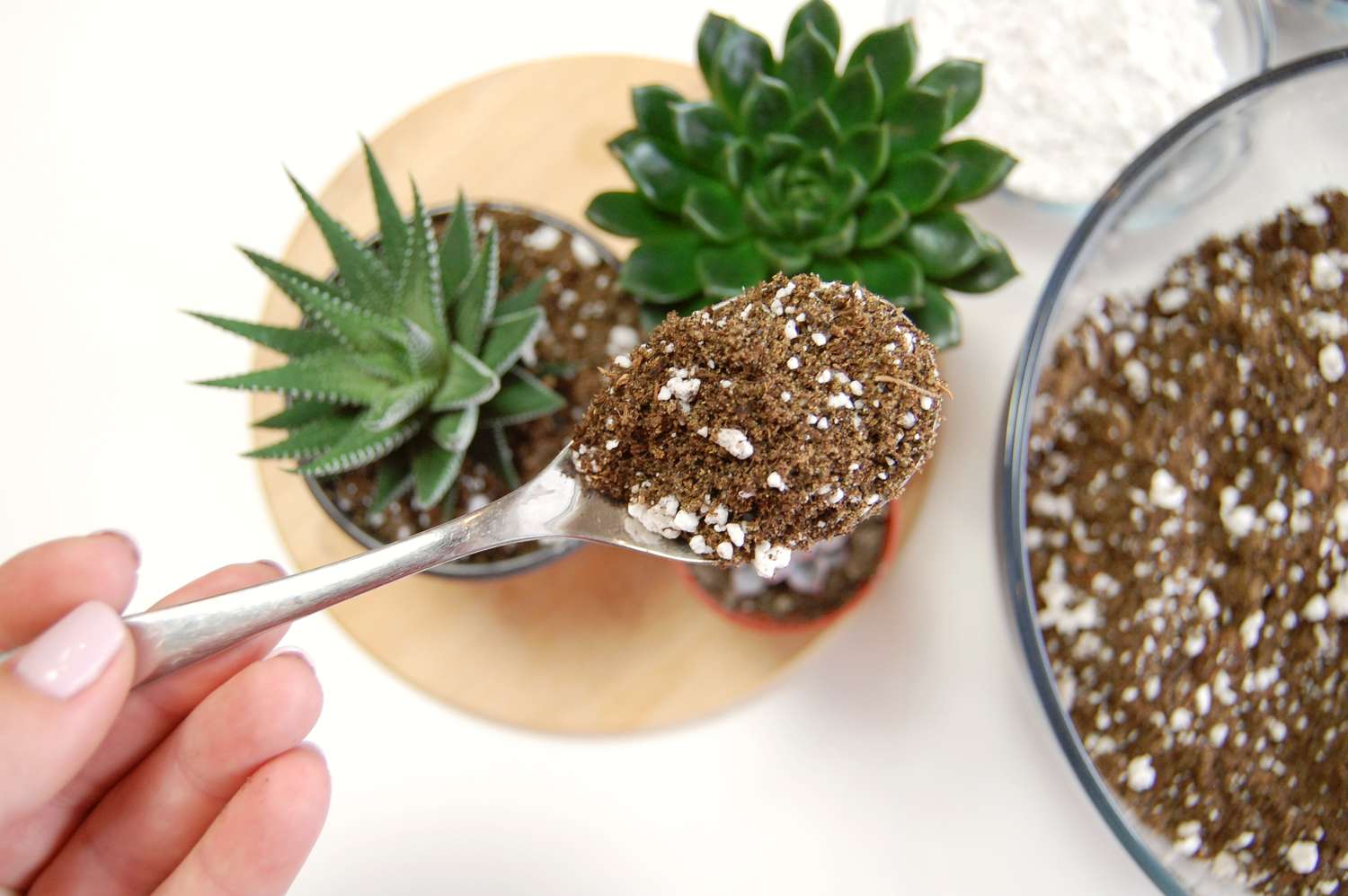
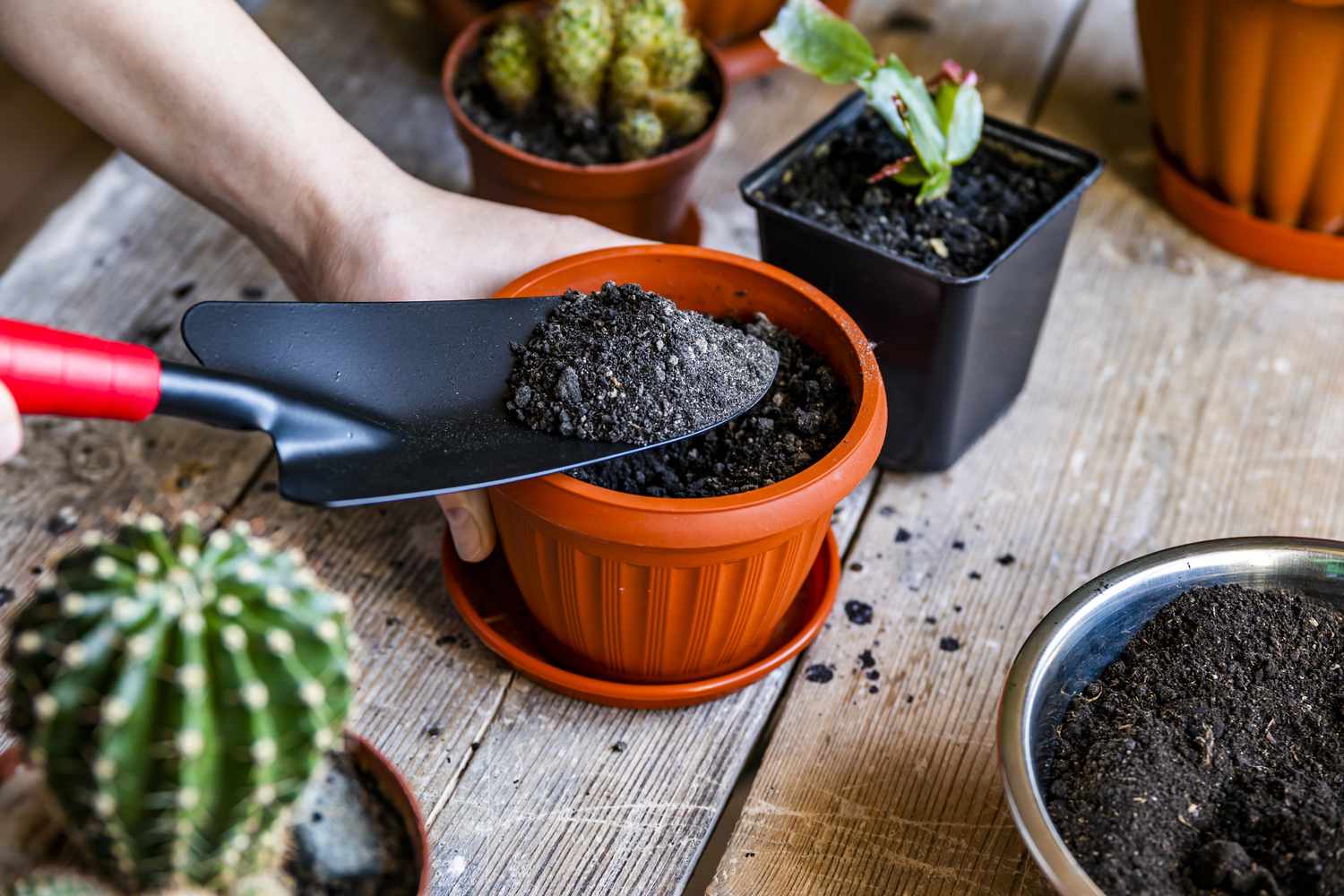
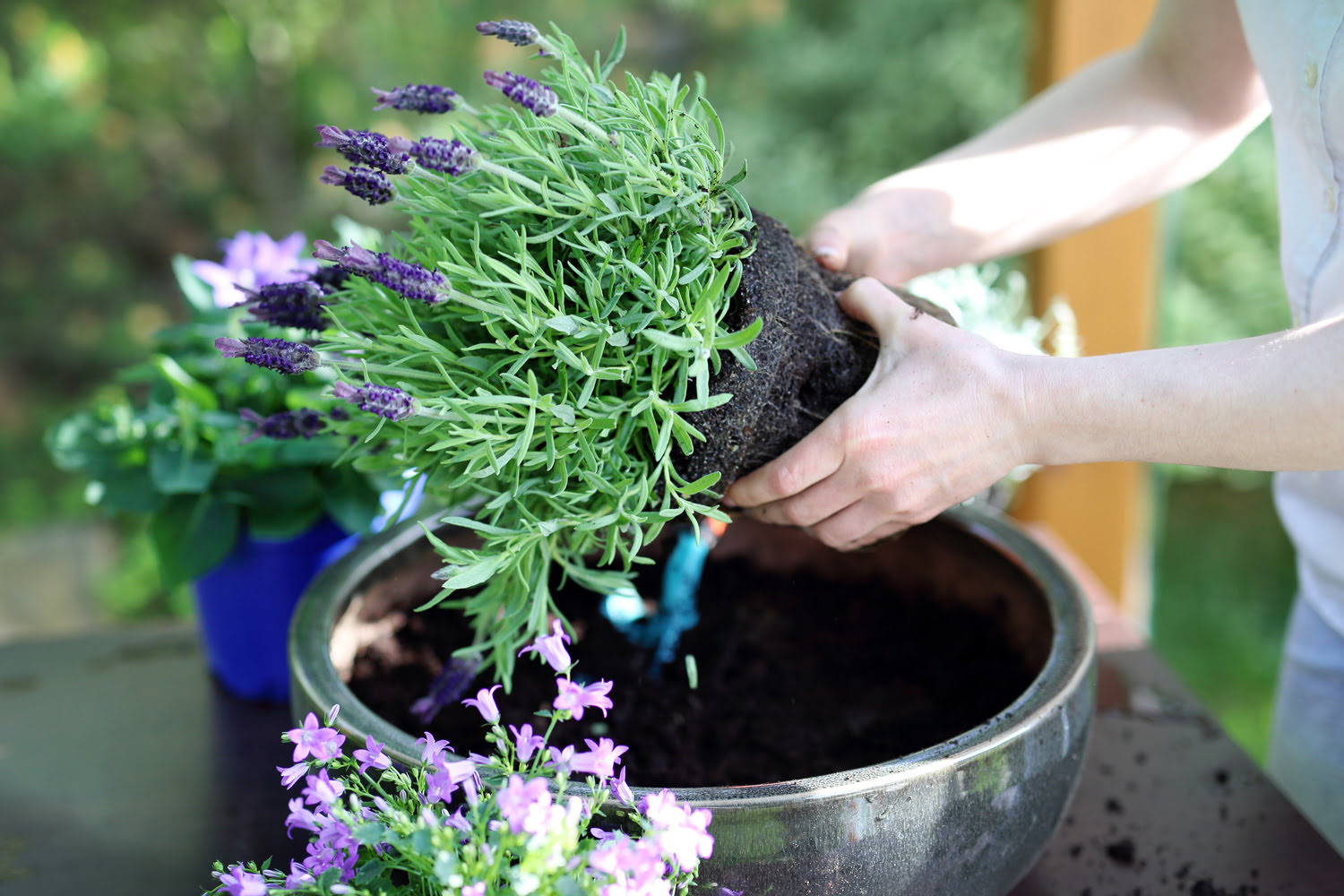
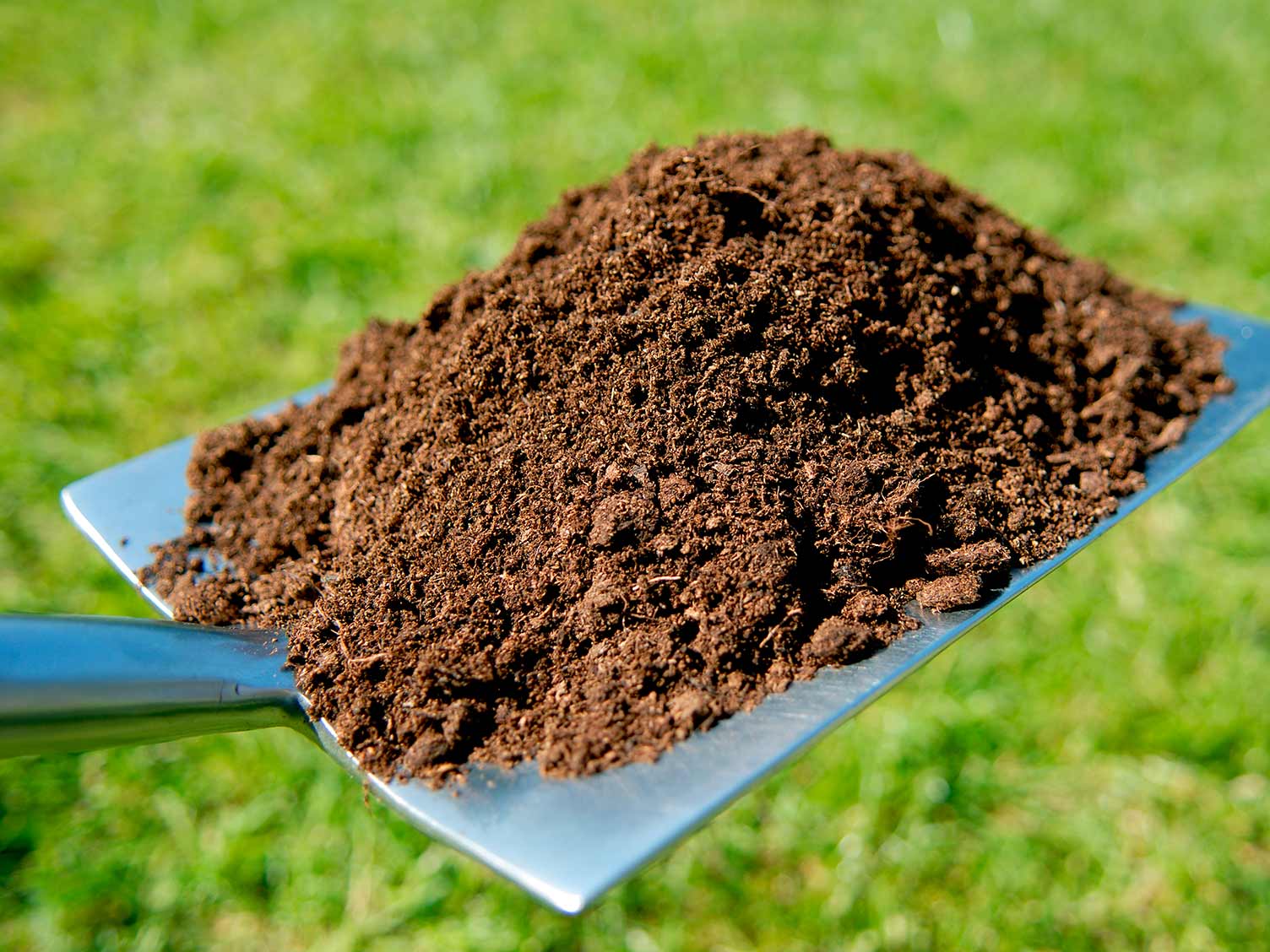

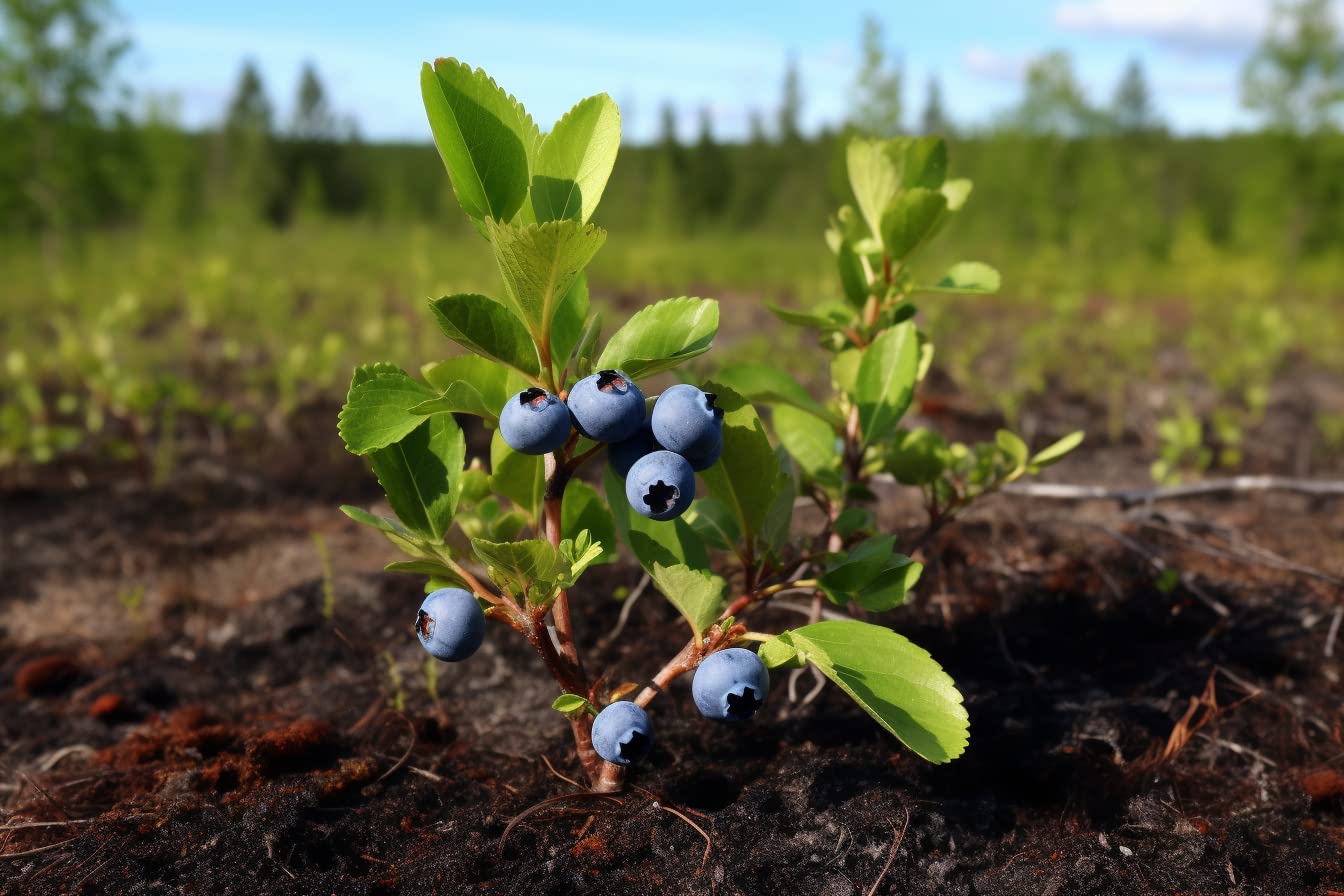
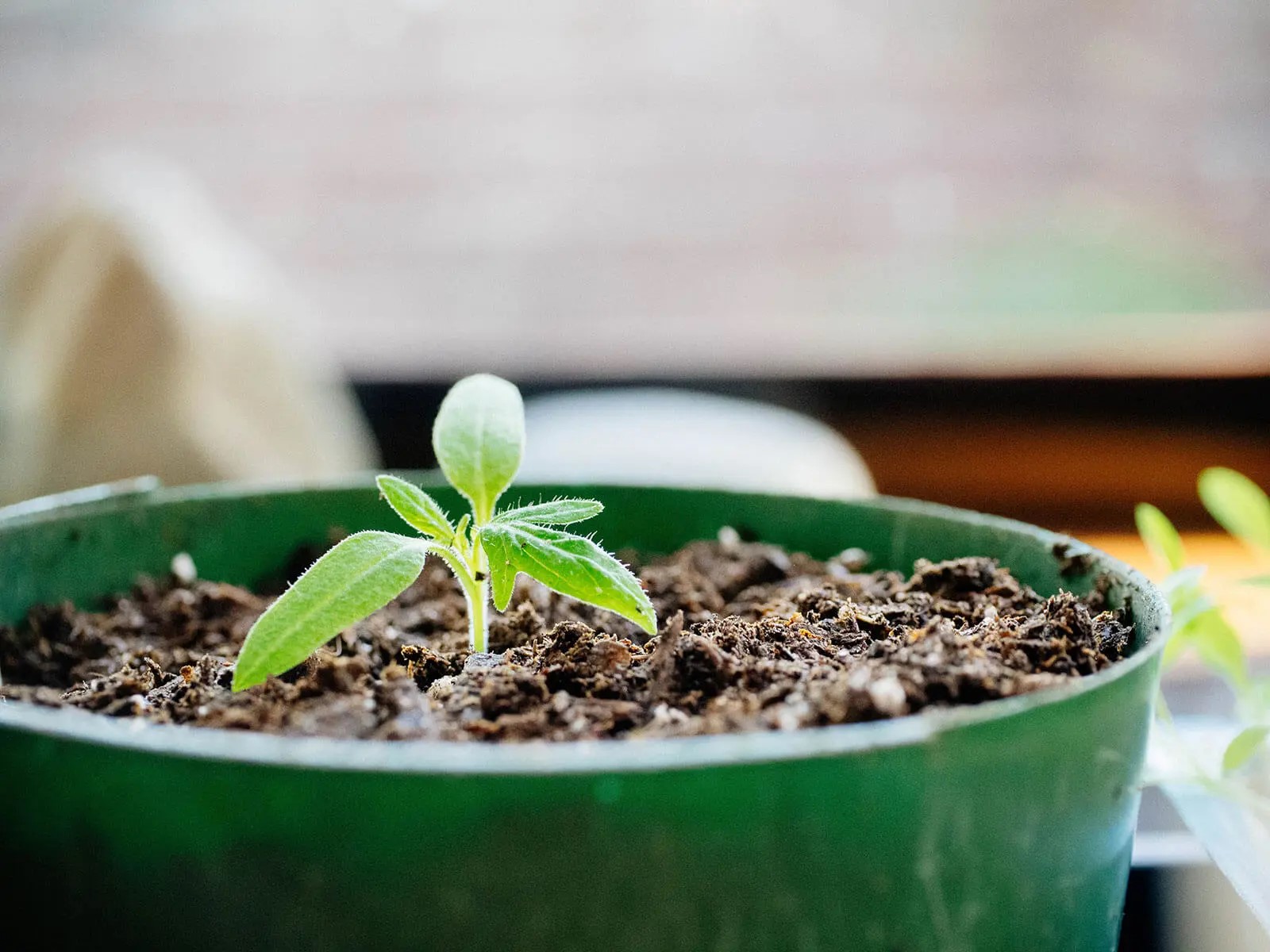
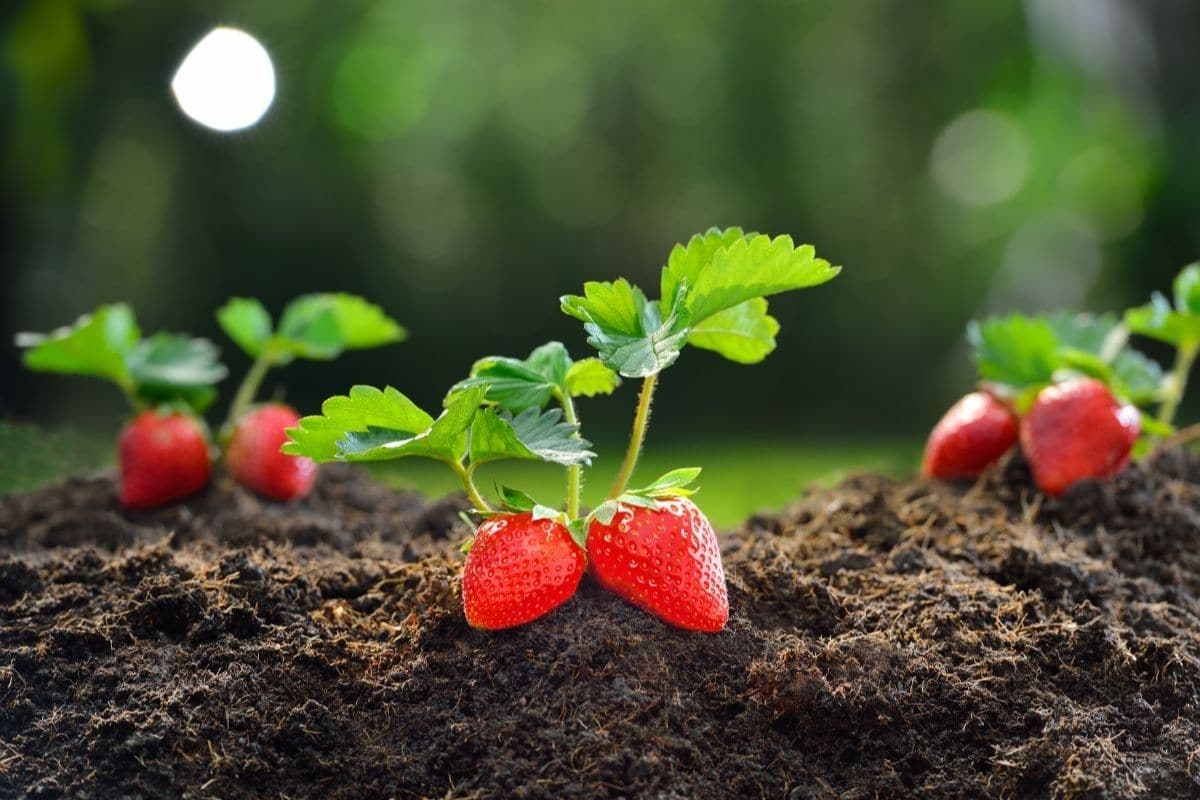

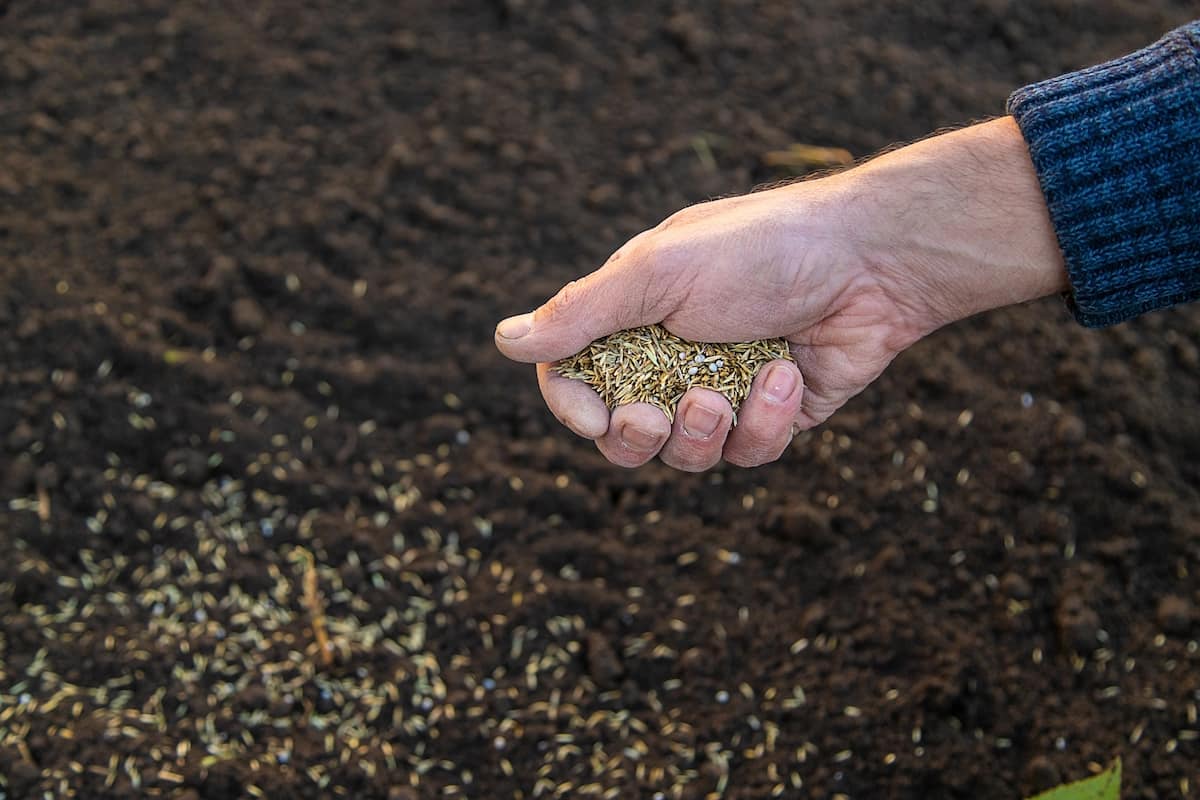
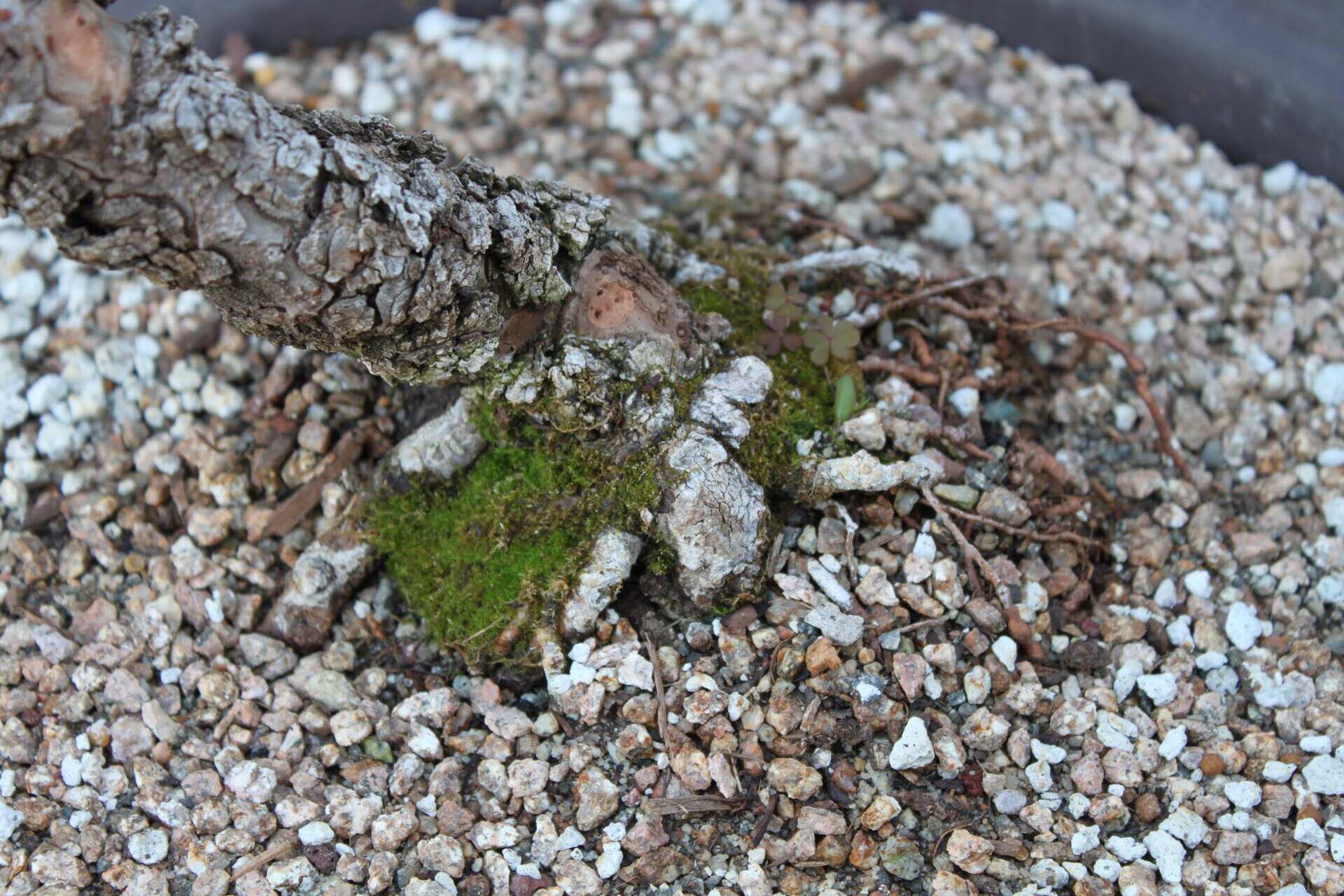
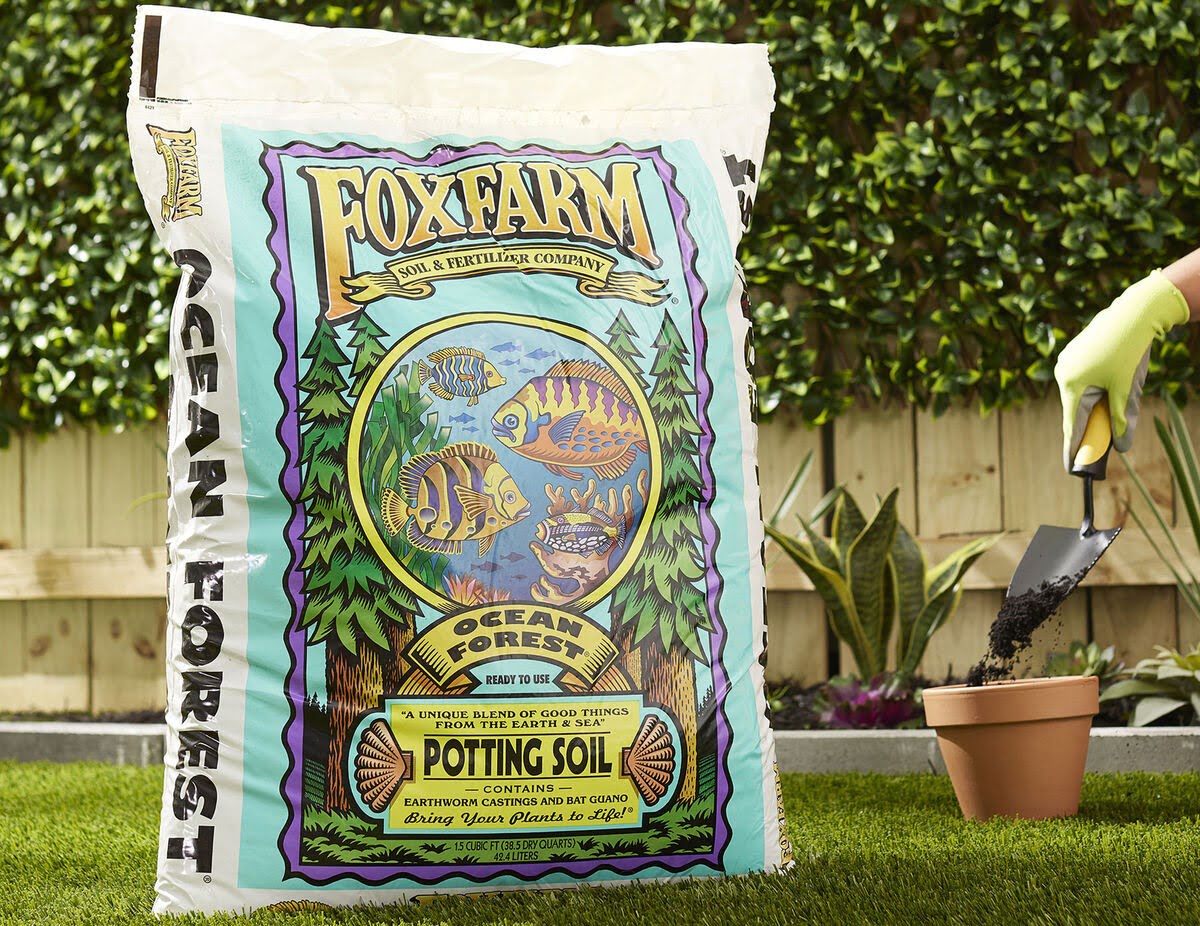
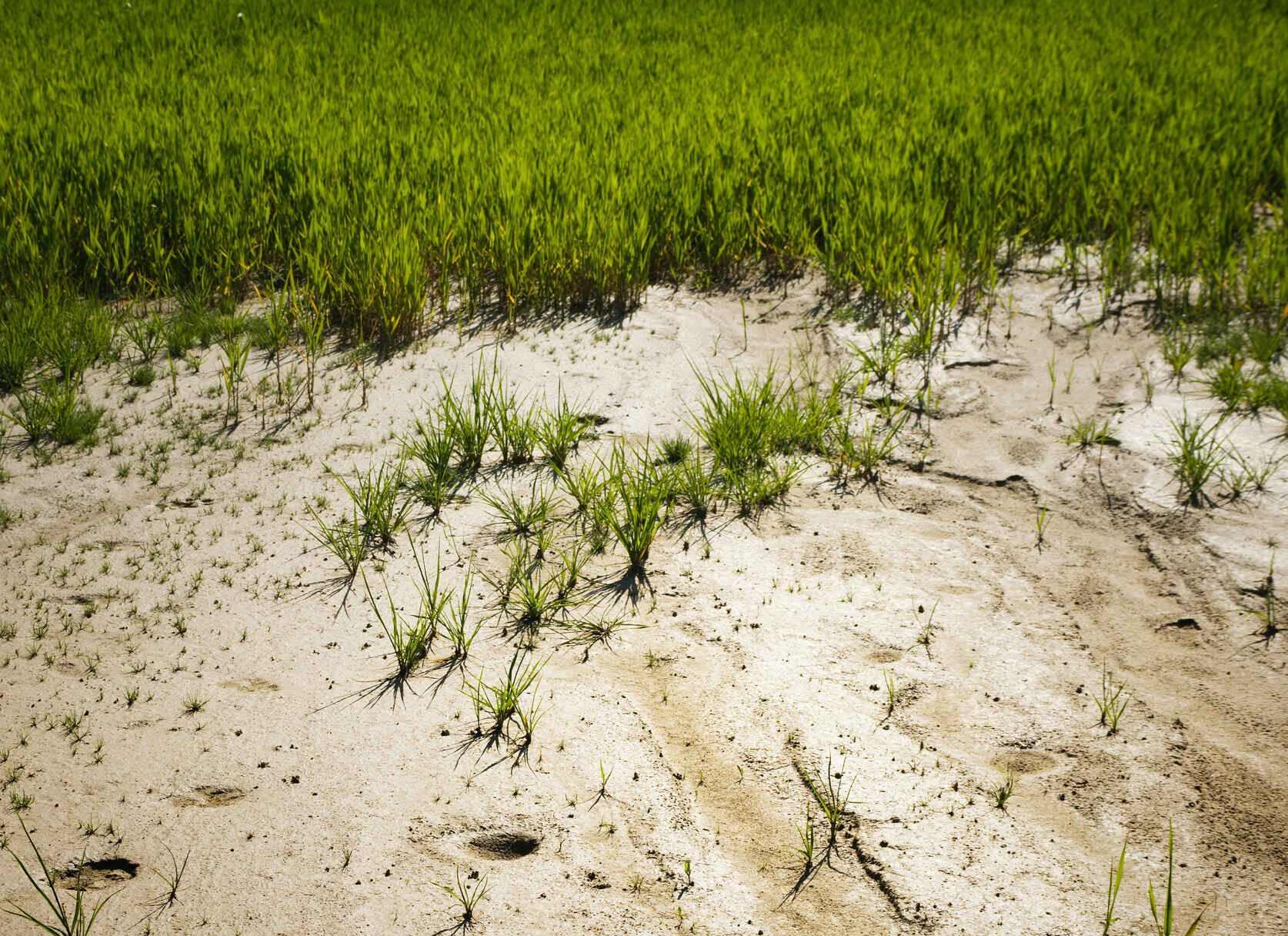
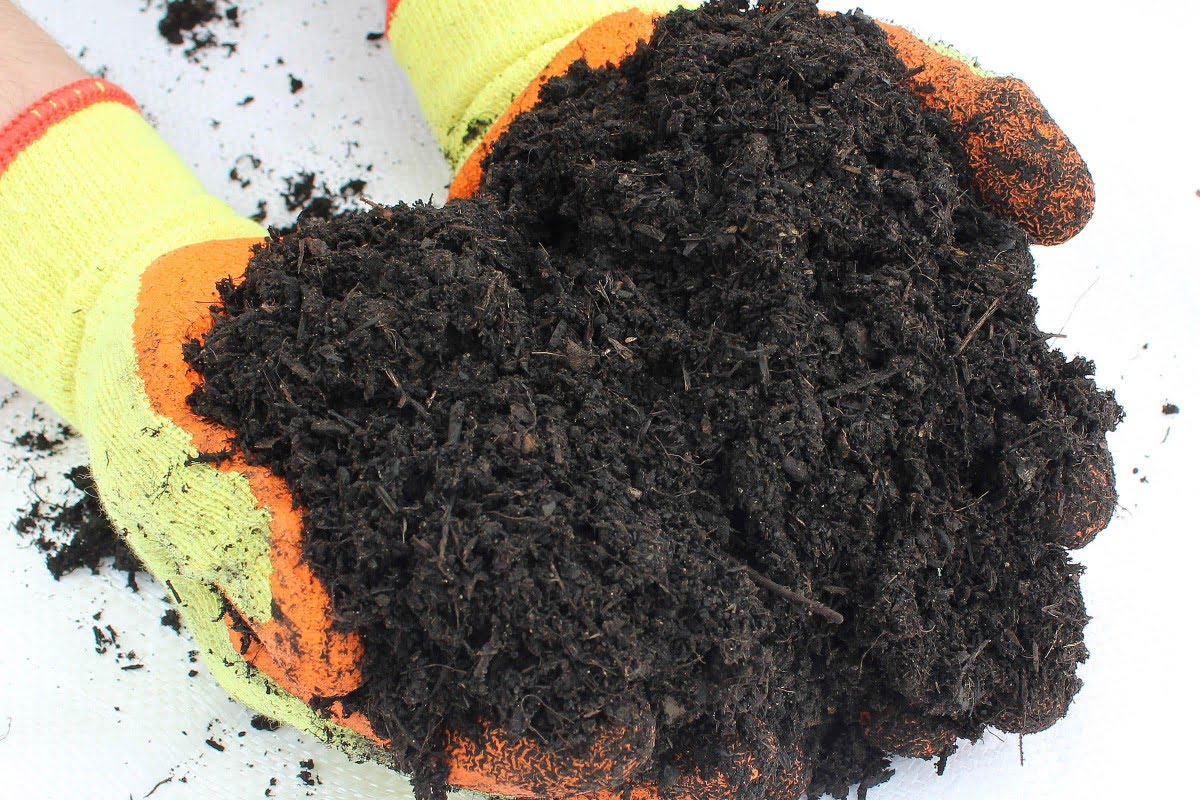

0 thoughts on “What Emerges From The Seed And Pushes Into The Soil?”